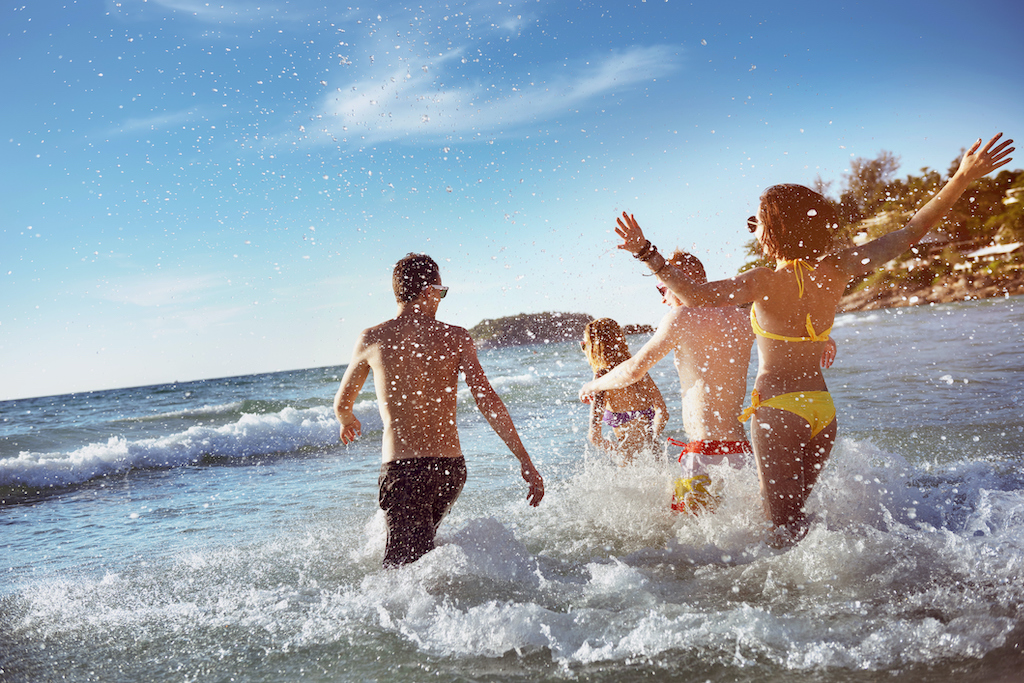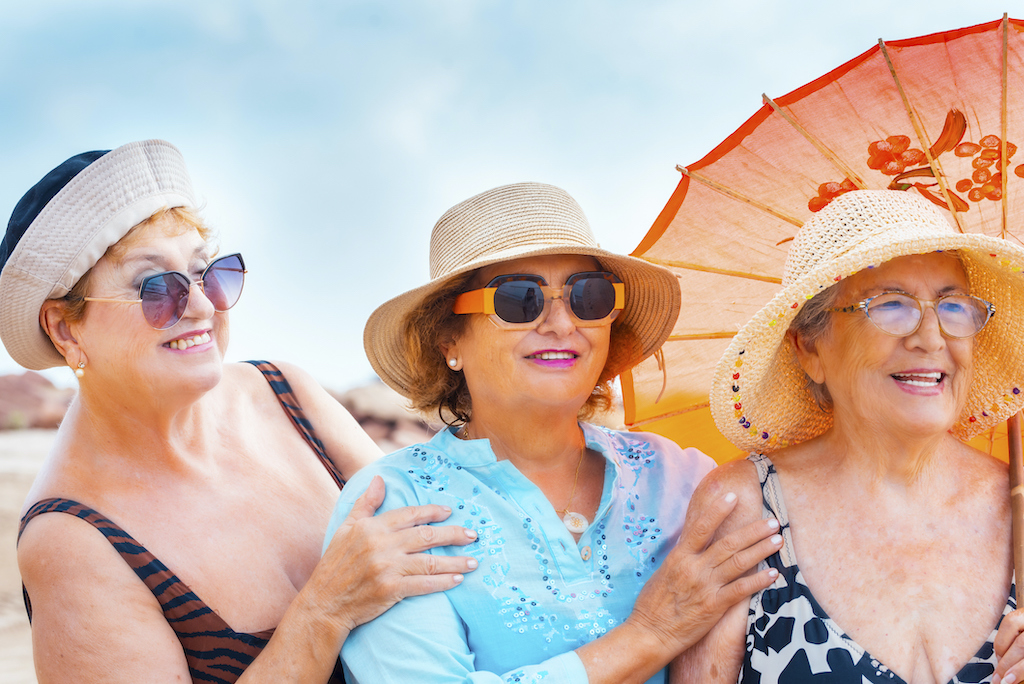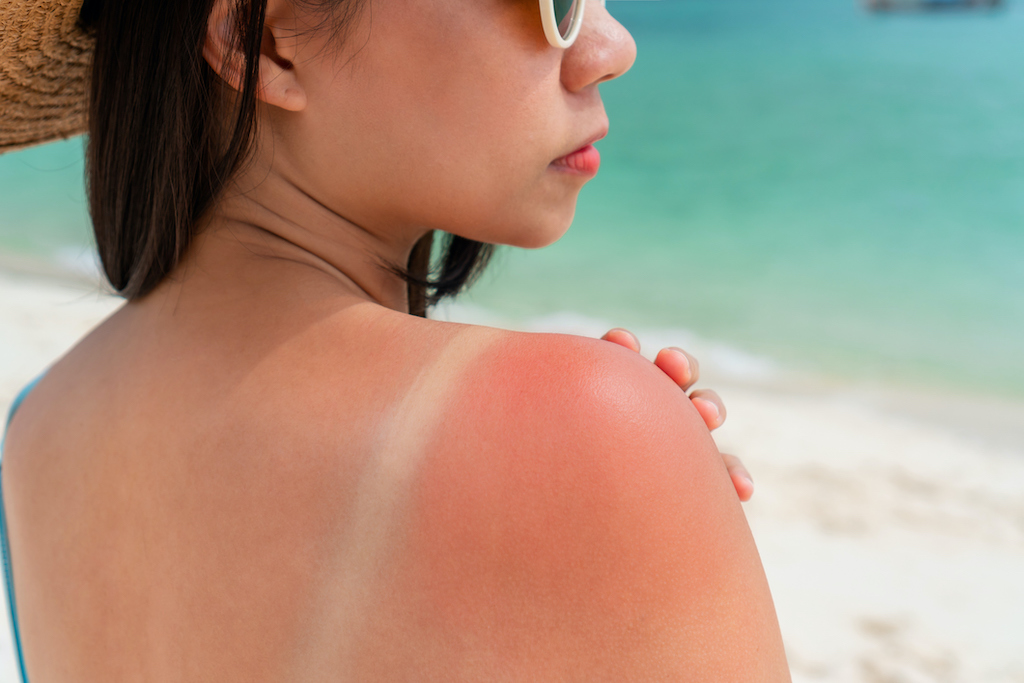When you’re young, it’s easy to think you’re invincible. With life stretched ahead of you, it seems that nothing can stand in your way. Unfortunately, the sun’s UV rays share a different opinion.
UV damage from the sun can react with your DNA to create abnormal cell formations, resulting in melanoma. This is a process which can occur at any age and sadly doesn’t care whether you’re through high school yet or not.
While melanoma is most common in age groups 70-79, making up an estimated 24% of cases in 2018, followed by the 60-69 and 50-59 age groups, it doesn’t mean young people are off the hook.
Whether you’re 8, 18 or 80 sun damage is a serious concern.
Yes, the chances of getting skin cancer below the age of 40 is low, but it’s not non-existent. Australians between 0-39 made up approximately 8% of Melanoma cases in 2018. A rate that’s increased since 2006.
In fact, Melanoma is the most common cancer in young Australians, and the biggest killer too. Between the ages of 20-39, skin cancer is responsible for more deaths than any other single cancer.
“Yeah, but it won’t happen to me”
It might.
Even though chances seem slim, the threat of skin cancer is very real. Unfortunately, you won’t know if it’s happened to you until it does.
Emma Betts was 22 when she was first diagnosed with cancer.
Megan Didio was 21 with no family history of the disease.
Laura Anne Page was only 16 when it happened to her. Now, she spends her time promoting sun safety across her socials as one of The Skin Cancer Foundation’s ‘Healthy Skin Champions’. Stressing how important it is that young people understand the consequences of poor sun safety:
“When I see TikToks about girls going tanning, even joking about how they might possibly get skin cancer in 10 years, I know that it could happen to them way sooner. Anyone can get skin cancer, even teenagers.”
For young Australians, the desire to look good and get a cute tan might push other worries to the back of their heads.
But it’s important that everyone, young and old, is aware of the realities of skin cancer and understands that they’re not immune to the dangers of the sun.
Does this mean young people have to stop sunny road trips, surfing and swimming?
Of course not!
Being sun safe isn’t about hiding away from the sun indoors — it’s about taking steps to prevent sun damage. This means wearing your sunscreen, checking for spots, and watching out for those high UV days.
Read more about what you can do to prevent sun damage here, or take a look at this article to learn about how to check for spots.



